Schools Reopening in September. The Issues and Challenges for Schools and Parents. A Special Report.
Background: Schools Reopening in September 2020.
While some countries around the world are being pushed as much by economic forces as proper planning into re-opening schools, the UAE government, in our view rightly and creditably, pushed back the date for schools re-opening until September.
They have, as a result, given our schools and regulators time to ensure that, when schooling does re-start, it can be done safely and optimally for each child’s education. That is the theory, hope and ambition of both parents and schools alike.
Mostly, elsewhere in the world, it is primary schools returning, countries beginning with the youngest learners first – and in almost every case there is an element of trial and error and wish fulfilment in the process.
Parents have mixed feelings.
Some feel they are being used as ‘guinea pigs’. This is particularly true when openings have not gone to plan. Nursery school teachers in Norway, for example, reported positive for Covid-19 within a week of schools returning – and, in Denmark, parents have petitioned for schools to stay closed. Other parents have lobbied governments, conversely, and in desperation, for a return to normality.
But the reality facing us all is that schools will not be ‘normal’ again for some time, nor can they be.
In the early days of the pandemic, there were messages we now know to be incorrect.
As parents, in the earliest days, we were told the virus was not airborne, could not be transmitted between people …. that it was only the elderly or sick who were at significant risk. This has changed with some children and healthy young adults amongst the thousands tragically lost. For many parents it is madness to think anyone is now not considered vulnerable and school planning for opening in September must be based around worst case, not best case, scenarios if they are to have trust in returning their children to school. There is also considerable and serious worry about how much time has already been lost as children have been required to home school.
The global situation as we watch and learn …
The issues have been made more complex because there is no shared international standard or agreement in place on how and when children should return to school at all.
In Germany, where partial reopening is about to begin in limited regions, 11 and 17 year old children are being returned to school first. Numbers of children in classes are being limited to as few as 10, and classes alternated in two groups every other week. All children have separate tables and masks must be worn during breaks. There is already discussion of pulling back from school openings if the R number approaches near 1.
In Norway, classes are limited to 15, with measures much like Germany in place to protect children.
In Denmark, where children up to age 12 have returned to school, it has been accompanied by an A to Z of conditions. No more toys from home; specially installed hand-washing facilities outside; staggered drop-off and pick-up times; and, no parents in the school building. Groups must now not exceed six children playing together at once and, in some cases, a maximum of only three children can cluster.
Where Germany prioritised the return of older children, Denmark prioritised the return of primary schools and Norway, Kindergartens.
It is now mooted that the UK will open for Grade 6 children (those in their transition year to Secondary school), with grades 10-12 to follow soon after.
Spain and Italy – some of the worst hit countries – will wait until at least September for a return while France will begin a staggered reopening of schools from May 11, beginning with nurseries and primary schools.
As it stands in the UAE currently, the expectation is that schools will open in full in September – and schools and parents are planning on this basis.
Schools must be ready …
In Dubai, Lizzie Robinson, Principal of Jebel Ali School says her team is already preparing for the momentous changes ahead. From the nursing team to school counsellors, technology and space strategies, everything must, and will, change.
“Come September we know that certain teams will have enhanced roles such as our nursing team, our facilities team and our school counsellors.
We know that technology will play an even greater role in everyday school life, that sterilisation and cleaning processes will be enhanced – and that the structure of the school day will look and feel very different.
The team are evaluating technologies that will enable teachers and support staff to quickly take temperatures at all of the school gates, as well as assessing practicalities of different timetable structures, foot-fall patterns and use of physical space.
Even before the crisis peaked, the school had devised new procedures regarding entrance and exit to school, how we deal with children who were ill and how students move around the school.”
Robinson anticipates these will be standard procedures once schools return.
Playtimes can easily be staggered, she says, though team sports will be unlikely for some time. “Teamwork and even some aspects of PE, however, can be achieved in different ways.”
“Space will be key and we are fortunate at JAS to have plenty of premium sporting space available. Orchestra and choirs, as more stationary activities, can be easily adapted to the required numbers with smaller numbers meeting at different times.”
Logistically it will not be easy. As smaller class sizes are required, schools across the UAE are now working through just what is possible given the amount of space they have available, the numbers of existing teaching staff at their schools and alternative scheduling options. “Morning and afternoon sessions, or even teaching different groups of children on different days, are being considered,” Robinson explains.
Having overcome major remote learning challenges already, many schools will need to find a way of blending home-based and in-class learning methods are during the transition.
Community events such as Winter and Spring fairs will also inevitably be cancelled as social distancing continue and schools find new ways to create the community, such as the online assemblies being used by Jebel Ali.
What the medical experts say …
Dr Reham Gamaleldine, Paediatric Specialist at the Medcare Women and Children’s Hospital, says the rush back to school could be tricky, and may indeed lead to a spike in cases, given the behaviour of the virus and the fact many children will be asymptomatic.
“As children return to school, we may face a big spike of number of cases, particularly if schools return in September in their traditional form without an effective vaccine against Covid 19.
New measures are going to be vital to ensure it does not, in turn, spread from schools to homes and into society.”
Children and students will need to learn to clean and disinfect themselves and their belongings regularly throughout the school day. Many schools will need to invest in new washing facilities inside the classroom and externally. General school cleanliness will also need to be stepped up to a degree unimaginable before the pandemic.
Dr. Gamaleldine says class capacity must be “cut by half, with at least one metre between children at all times and ideally much more.”
“Face masks for teachers during the school day will also need to be considered”, she says, but acknowledges that “asking children to wear one may be practically impossible.” Instead, “some form of child-friendly face shield could be an alternative.”
“Teamwork and Sport will need to change too, spread out into larger areas, in smaller groups, to ensure distancing.
Those activities requiring physical contact must be restricted indefinitely while things settle and the pandemic of Covid-19 contained.”
“Only if wholesale changes are introduced, will the next school year be safer for all of our kids,” she emphasises.
Doing what’s right for everyone …
Dr Natasha Ridge, Executive Director at the Sheikh Saud bin Saqr Al Qasimi Foundation for Policy Research, says parents “must make decisions which they feel are right for them, on a case by case basis, whenever the time comes to make the return.” That may or may not mean returning children to their existing schools or finding alternative schools now that are ready.
Though she says she does not envisage that schools now will reopen before September, it is of course now that “parents may be thinking whether or not the schools their children currently attend align with their needs and those of their children in the current climate.”
“It is now the time when schools must get everything in order – and this may require big changes in how they operate.”
“I think opening in September gives us a longer buffer”, she says. “It is unwise to open schools too soon.”
“Schools must have time to sanitise and work out logistics.
There are so many issues at play for schools from whether or not it’s safe for children to even eat in school, to how the school day and week must be divided up to minimise the risk of transmission.”
Dr Ridge also identifies the concerns of teachers about protecting students, themselves and other vulnerable staff on the front line, including keeping bus drivers safe:
“We see in other countries that unions are saying that it’s not safe for teachers to go back.
Whatever does happen in September, major changes in timetables will be necessary to ensure continuity of education under the health provisions necessary.
Staggered days may mean longer shifts, and in turn, schools will need even more teachers.”
It’s complicated ….
Dr. Ridge has broader worries for some children:
“I think the other issue and one that we are seeing playing out even in wealthy countries like the UK is the issue of equity. The longer schools stay shut, the more disadvantaged poorer children, and those children who do not adjust well to home learning, become,” she explains.
According to the Foundation’s preliminary research, it is the children in the value end of the private school sector who look set to suffer the most in the UAE:
“They are the lowest performing schools anyway but their teachers have received the least amount of support too during this time. Many of these schools may not have the resources that are required to weather the storm. Some have lost teachers as revenue has fallen.
Their students are far more likely to not have their own space to study or even their own devices at home. For these students, the issue of opening sooner rather than later is the most pressing. The most affected children are learning the least and often these are the last privileged children. The longer school stays shut, the more disadvantaged they become, this widening the gap between rich and poor and best and least performing schools.
However, when they do open, these schools are also the ones that may not have the space and investment required to meet the impacts of the pandemic most safely or, in educational terms, most effectively.”
Dr. Ridge continues:
“While safety is key, it is far easier for the wealthier schools to buffer the repercussions – with bigger spaces, better technology and, often, more staff.
So again, this wealth gap comes into play between schools.
It is the lowest fee, lower performing private schools I am the most concerned about on both counts.”
However, given that September is several months away yet, Dr Ridge says, at this stage, she continues to remains “optimistic” that come September, schools, working with regulators like the KHDA and ASDEC, will reopen, albeit with very significant changes and with new health and safety guidelines in place.
The SchoolsCompared.com Bottom Line? Planning Needs to Begin Yesterday.
The pressure for children to return to school is driven both by the needs of the economy for parents to be able to, safely, return to work and the needs of children to, safely, receive an effective education. Many parents worldwide, however, are showing themselves reluctant to take chances with Covid 19.
Issues of safety and the sometimes perceived competing need to ensure that children receive the highest quality education are the central challenges – and the ones throwing up big rocks and hard places.
Children need to be educated by professionals – and, for most families, that means being taught in schools and not at home. Parents are not teachers, and no amount of lesson plans sent by email or live video lessons can make up for classroom learning and the interaction between professional teachers and students in school.
Home schooling, with few exceptions does not work as well – and in many cases does not work at all.
Specialist on-line schools like the US curriculum iCademy are the exception – but iCademy recognise that their success depends on the “right” type of child and family joining their programmes. Not all children, however outstanding the on-line learning, will be successful home learners.
The acute challenges facing parents and school in the UAE, as worldwide, will only find a comfortable resolution when a vaccine is found for Covid 19 or when the virus inexplicably burns itself out. But future planning for pandemics, as other parts of society, needs now to be put in place by schools. And can our children afford the time away from school to wait for a vaccine that, worst case, may take years to arrive?
What is not going to disappear by September, assuming children do return to school, are issues of social distance. Class sizes, it is argued, will need to be cut by at least a third to give parents any degree of confidence that their children, and they themselves and their families, will be safe. Teachers too are concerned about their own safety.
For many schools this will not be viable without employing more teachers and building new classrooms over the Summer – or initiating major changes to the school day to stagger lessons. Less children will need to be in the classroom at any given time if safety is going to even begin to be addressed.
For some families, home schooling may need to continue beyond September. For these families, home schooling moving forward will need to be much, much more effective – and with much greater one-to-one provision. It will require much more investment by schools. That again means employing more teachers, not less.
Lesson plans by email are not going to cut it with parents much longer.
Finally, when children do return to schools in September, the issue of how children, now all at different stages of impact from home learning, will be helped to catch-up, is going to be the number one issue, facing parents, teachers and school leadership. Without completely re-running years of education, this too will require individualised interventions, smaller streamed classes and increased investment in new teachers to meet the needs of children.
Whichever way you cut it, the challenges are growing and easy solutions long, long gone.
The best schools in the UAE are now investing in education on a scale not seen for many years, not cutting costs – not an easy thing given the impact on revenue of Term 3 fee reductions for schools. The sort of investment now required is proving impossible for some schools.
Little wonder that parents are now interrogating schools on the shape of education to come in September. More parents too are considering alternative schools over the Summer holidays for when their children do return.
Schools are being pushed, rightly, to provide more than they have ever had to previously but this at a time too that their budgets are constricting. Many believe that there is a risk that not all schools will survive this.
The test is going to be how well schools have, and can show themselves to parents to have, responded to those two challenges in September when children do return.
If children are to return, and stay, schools will need to make parents absolutely certain of both their children’s safety and the school’s ability to help their children catch-up.
Whilst many positive stories do abound about just how well some schools have responded in setting things up ready for the new academic year, the time left until September for many other schools to achieve this is looking worryingly thin on the ground.
And parents, rightly and understandably, are watching – and acting today, to find those schools with clear plans for reopening in September in place now to ensure that their children are protected and educated effectively.
Children, as always, must come first – and, for parents and schools alike, there is not, even, a second to lose.
The future of our children tomorrow depends on schools and parents making the right decisions today – and both parents and schools having to do so with only limited maps of the best way forward, even fewer guarantees of the outcome – and financial resources in worryingly short supply.
©SchoolsCompared.com 2020. All rights reserved.














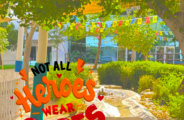

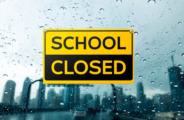












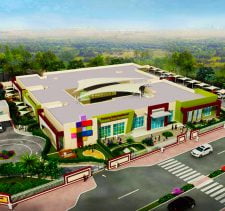



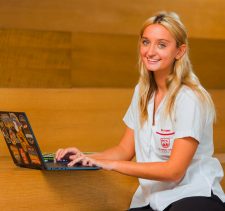



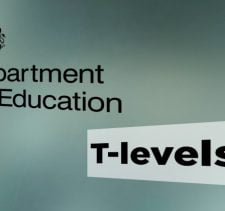




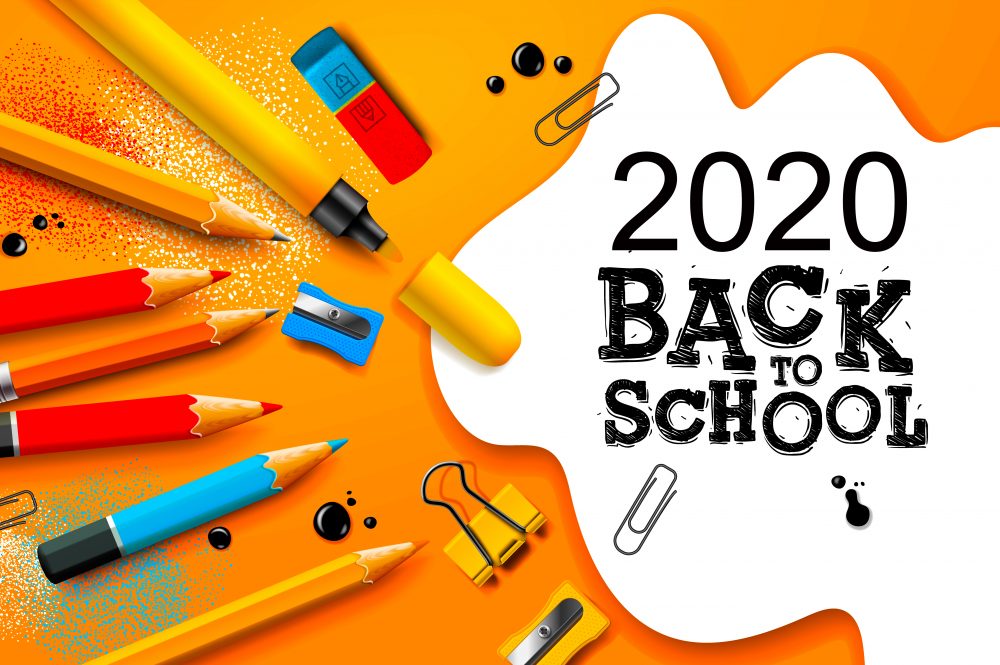

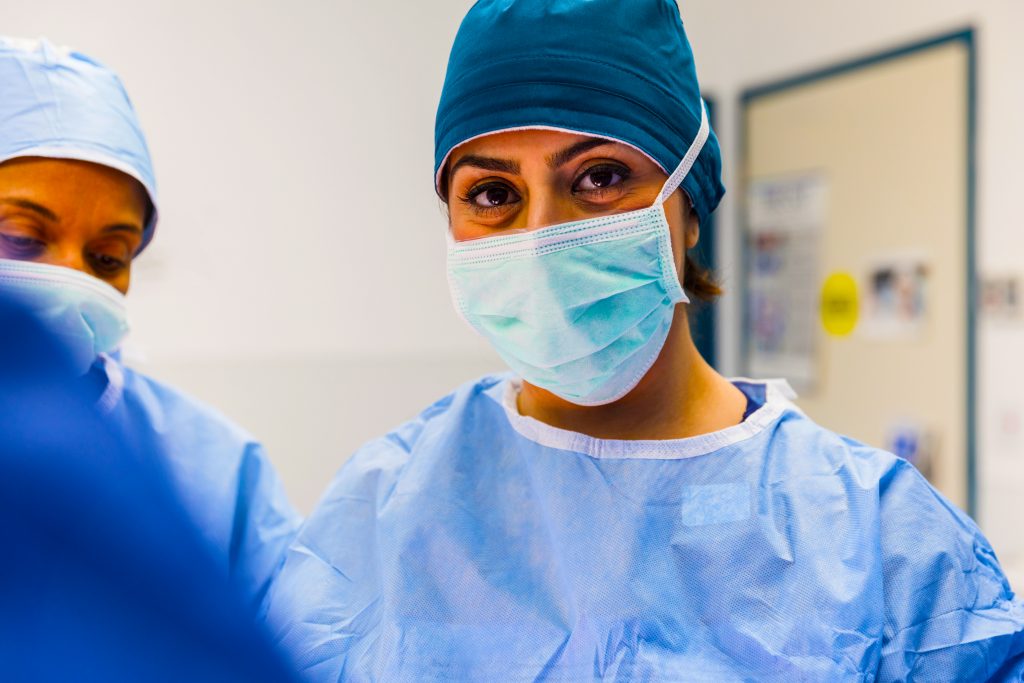
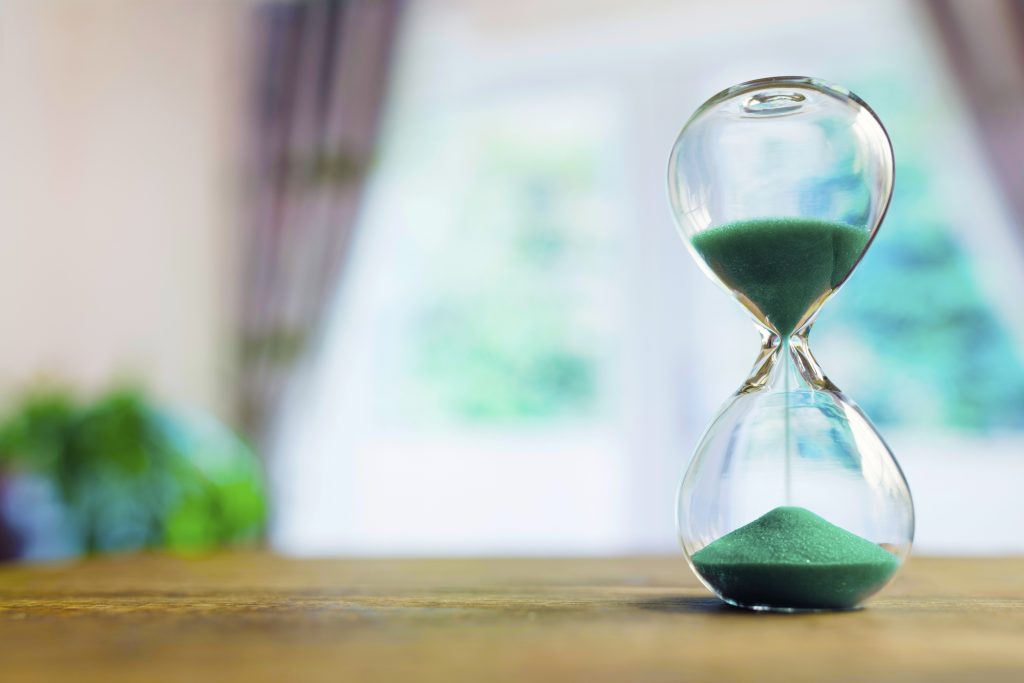
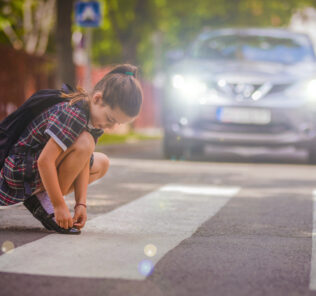

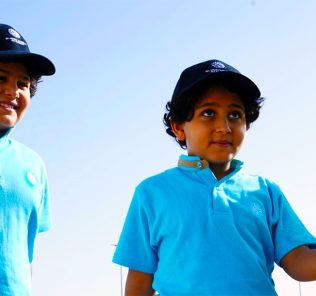


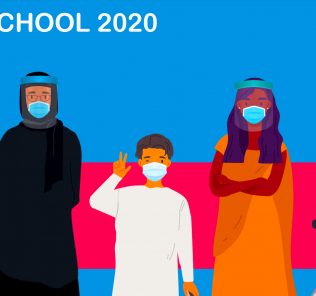
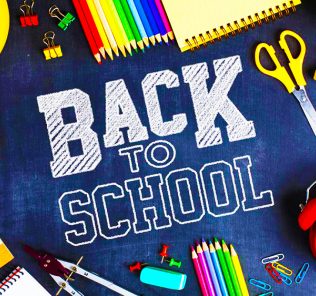



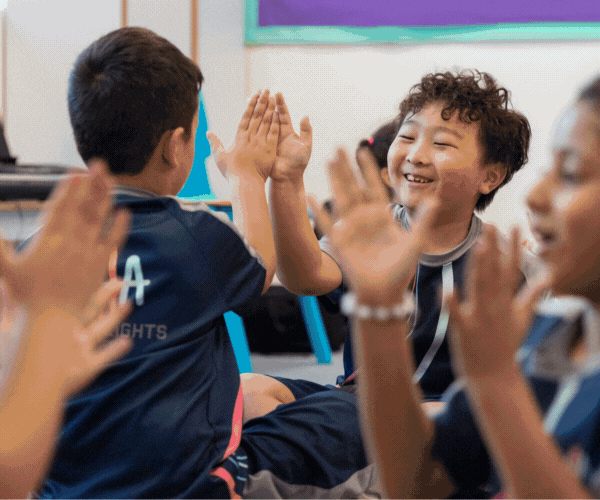









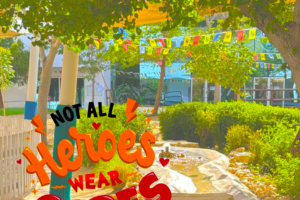

Leave a Response